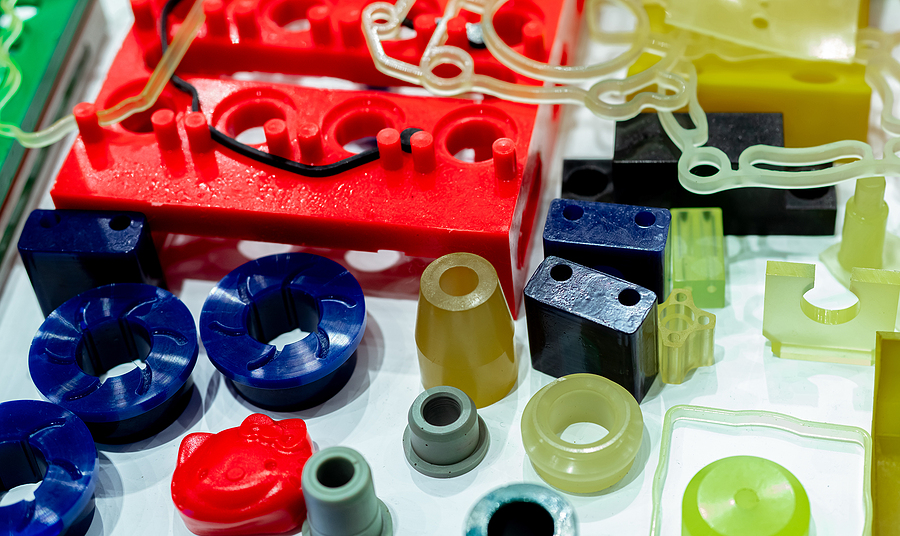The invention of plastics has been a world changer, both literally and figuratively. From the start with Parkesine and Bakelite to the engineering-grade plastics available today, each type of plastic has found a use in every era of economic development since it was discovered.
The recent developments in the synthesis and molding of plastics have seen traditional materials such as metals start to get serious competition, often with surprising results. Plastics have not only shaped how you live your daily life, but they are now mounting a serious challenge to become the industrial and professional material of choice.
Here’s a quick look.
The Challenge Mounted by Engineering Grade Plastics (EGP)
Various industries ranging from medical to manufacturing have different requirements for their tools and apparatus. Some of them may need properties such as chemical resistance or fire retarding, which might not be readily available with commodity plastics.
EGP can cost slightly more in comparison to commodity plastics, but they are way cheaper than metals that handle the same job. While metals do have their advantages, with the most prominent being durability, EGPs have several advantages that include
- Ease of manufacturing as opposed to metal or wood, yet still achieving similar weights and tensile strength.
- Greater malleability than that of metal, especially where tight tolerances are paramount. Manufacturers can easily melt and re-form engineered plastics, a serious cost and time saver.
- Greater chemical resistance contrasted to metal for industries that deal with corrosive substances.
- Reduced weight, especially with material meant for construction and other heavy industries. The reduced weight means more can be hauled, cutting down on transportation costs.
- Environmentally friendly, especially in situations where rust seeping into the water supply or groundwater can cause environmental hazards.
These are some of the characteristics that make engineering grade plastics a superb choice for many industries.
Cost Saving Factor
Even though industries deal with different aspects, they are all driven by one goal; the desire to make profits. Attempting to increase prices may mean becoming uncompetitive in the market, but there is also the opportunity to reduce costs.
Converting from metal to plastic can result in savings ranging from 25% to 50%. The replacements may imply using a single plastic part to replace several metal ones. It follows that the subsequent removal of fasteners and other assemblies means fewer parts to worry about and maintain.
An interesting bit is that plastics can effortlessly be colored and etched during production. Metal parts, on the other hand, have to be painted after assembly and even undergo a laser marking process.
Aside from the direct cost factor, plastics can improve the quality of parts. It signifies less maintenance and downtime, lower part acquisition costs, in addition to reduced part replacement frequency.
Plastics can also help to cut costs by
- Allowing industries to reuse plastic materials
- Extending the life of the products
- Offering diverse design options
- Eliminating secondary processes that are costly and time-consuming
- Having greater structural strength
- Reducing product weights and improving the product’s ease of use.
Looking To Improve Your Operations?
Engineering-grade plastics can have a profound effect on how you run your company. From the advantages listed above, you can seamlessly turn around the fortunes of your company, and set yourself up for a successful future. That’s where we at Proto Plastics come in.
We have experience spanning almost five decades. Having spent all of this time perfecting the craft of producing Engineering Grade Plastics and other forms of injection-molded plastics, we are unrivaled. Our products serve many mainstream and specialist industries, and yours could be next.
If you’d like to learn more about our thermoplastics, don’t hesitate to get in touch with us.

